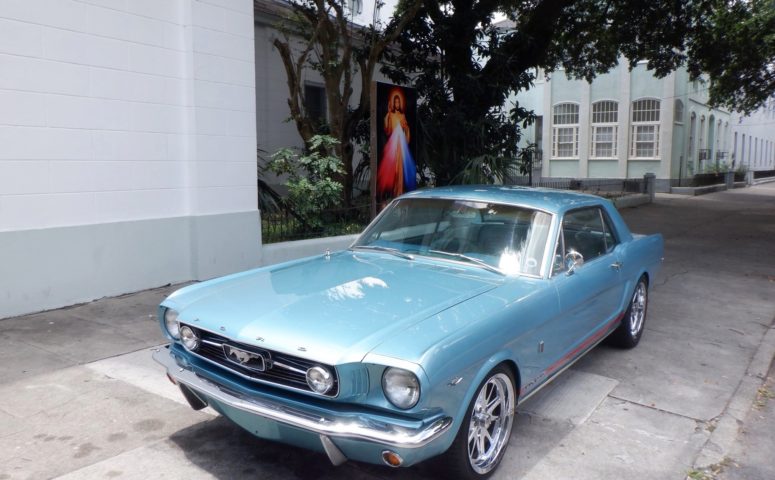New Orleans probably shouldn’t exist at all. It sits below sea level. For much of its life, it was a burden on whatever government controlled it. Now it’s a city that may be the most emblematic yet most unique of American cities. With Native Americans, African Americans, and French, Spanish, and German settlers, it’s hard to know what an authentic New Orleanian looks like. But they know, and more importantly, they know you are not. As one taxi driver said, “We like the tourists just fine. They spend money, they leave.” Like another beautiful city dependent on tourism, Venice, it could be sunk by its own popularity and climate change.
New Orleans is steamy. It is often hot and humid, and yet it’s wonderfully languid. It feels like the city everybody goes to have an illicit affair. It’s not Vegas. That’s where you go for a sexual transaction. This city has more fun.
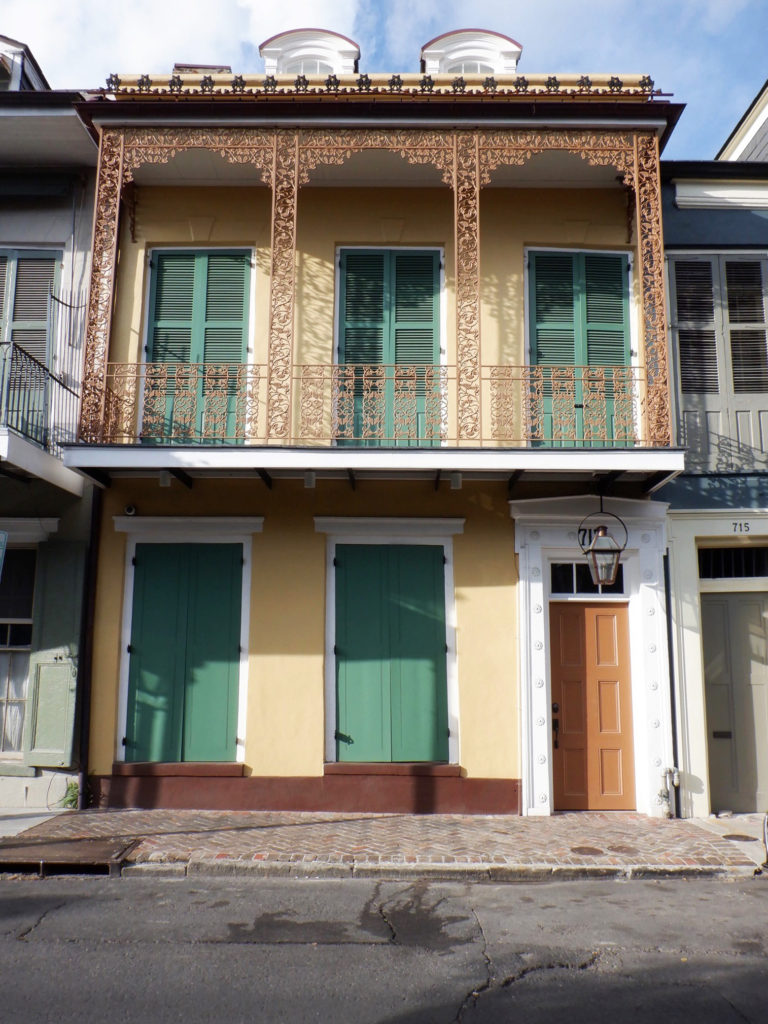
New Orleans is not suburbia. It’s not a mammoth American city that grew out of the industrial age. It’s a slow city that celebrates sin. Think Nina Simone singing “Sinnerman.” There is a bar for every mood and persuasion. Men wear multicolored beads, many visitors carry a “go cup” full of liquor, and you sweat and sweat. The French Quarter is like one enormous open bar.
New Orleans is alternately loud and silent. A “second line” turns a corner in the French Quarter, horns blaring. Outside Café du Monde, a jazz quartet is blowing. The genteel stay inside behind shuttered windows and venture out only for delicious food, often based on a slow patient roux. Walking through the Garden District after dinner (the only sane time to walk), you just hear crickets calling.
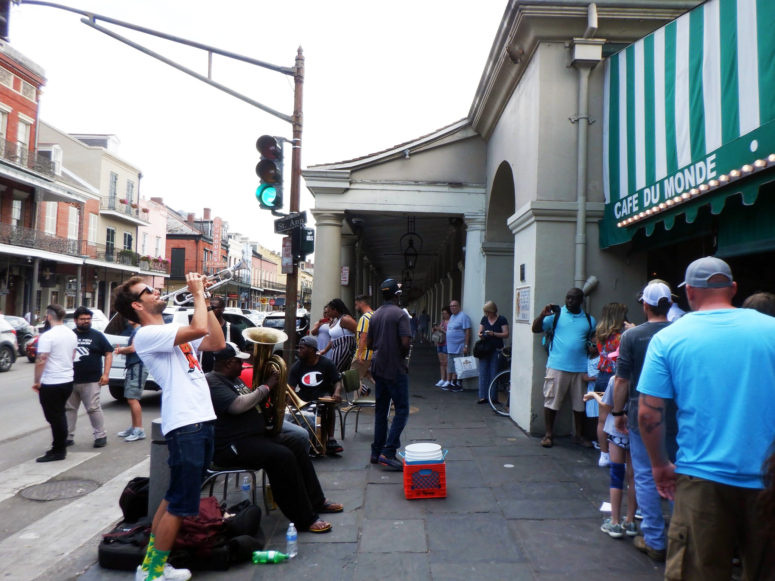
New Orleans proudly tramples the French language. Chartres Street is pronounced Charters. And Burgundy is pronounced burr-GUN-dee. If you pronounce something in French, you are announcing that you are an outsider.
New Orleans is a shallow bowl. Many of the best dishes are served in shallow bowls so you can scoop up all the good sauce with doughy bread (the foundation of a poor boy). Apparently the French Quarter sits on high ground, which is why it didn’t flood. But locals will tell you that they saved the French Quarter to sacrifice the Ninth Ward. The complexity of the city traces itself back to race and class. It’s difficult to untangle the threads.
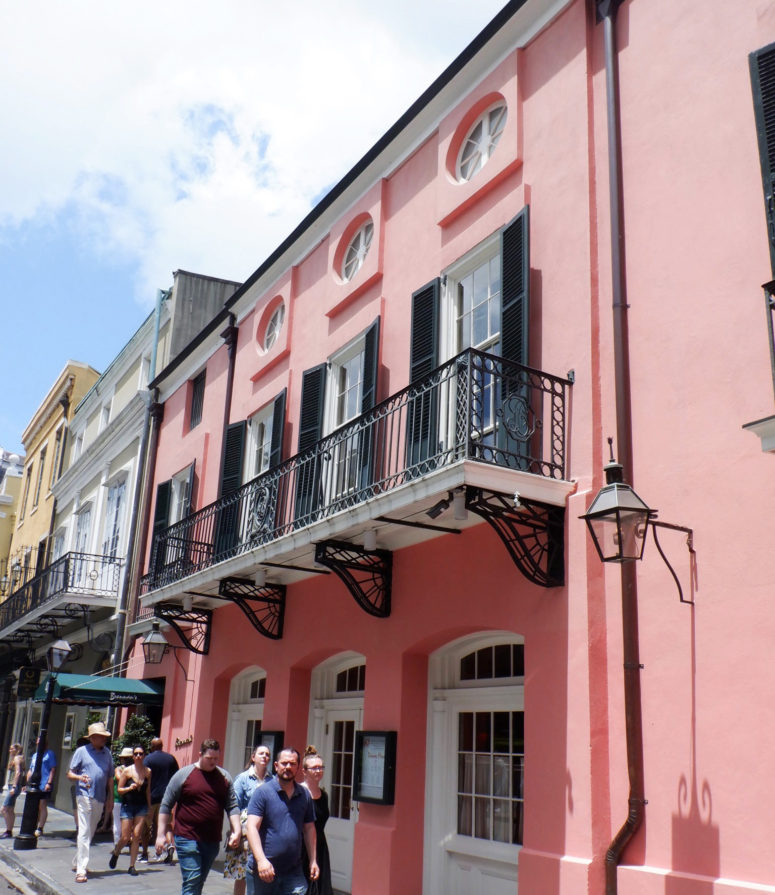
New Orleans is a city of courtyards. The commotion happens under and on wrought iron balconies. But deep inside a building, down a cool passageway, is a leafy oasis where people play cards, drink sweet drinks, and chuckle. That’s where you want to be.
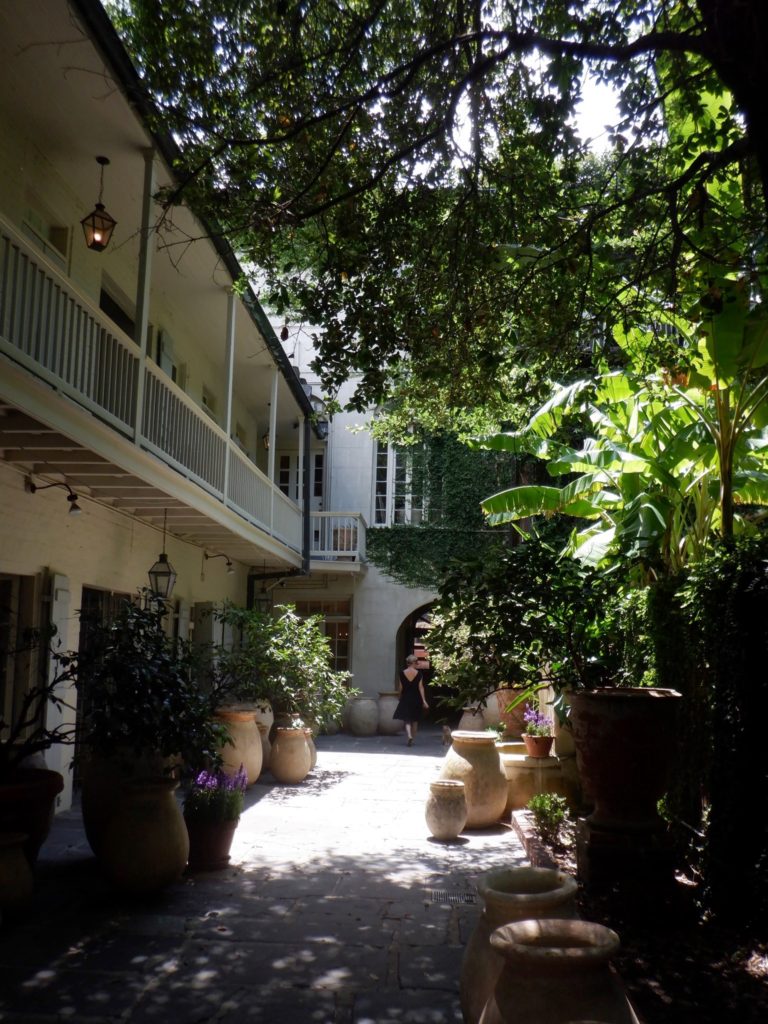
New Orleans is a city of displacement. A huge number of people left after Katrina. One taxi driver said to me, “I told my daughter to stay in Houston. There weren’t any schools. There was nothing to come back to.” It has become a city where the rich drop in for fun. A city for visitors imagining authenticity. The driver said, “It’s all the outside people who come in and all they care about is money. They did not grow up in New Orleans, they don’t know the culture of New Orleans. You take away the people, you take away the culture.”
But like most folks who come for a visit, I will return.
